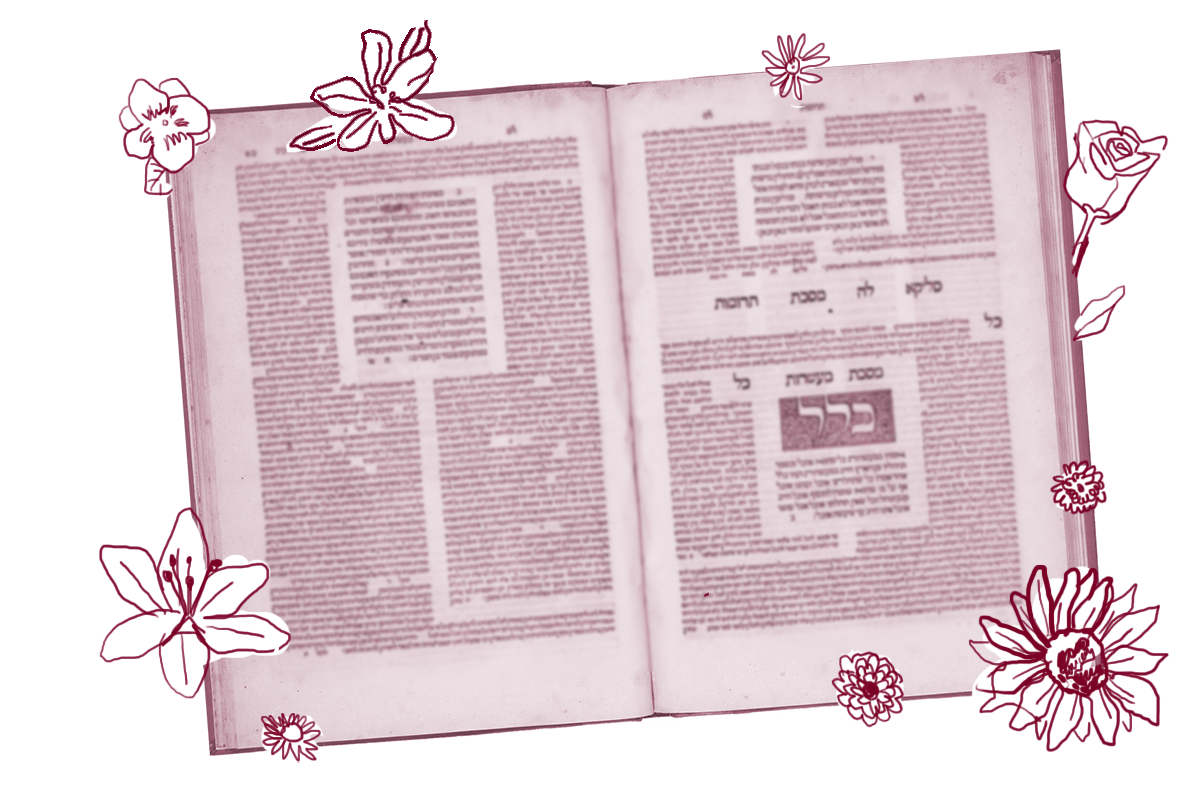As we now know, if you find a lost item, you have to announce it. But how? Rabbi Meir says you just have to make sure that the people in the neighborhood are informed. Rabbi Yehuda, on the other hand, stipulates a much larger effort:
One is obligated to proclaim their find for three pilgrimage festivals and for seven days after the last of the three pilgrimage festivals, so that its owner will have time to go to their home, a trip lasting three days, and ascertain that they in fact lost the item, and they will return to Jerusalem, a trip lasting up to three days, and proclaim their loss for one day.
Three times a year — Passover, Sukkot and Shavuot — Jews would come celebrate at the Temple in Jerusalem. If you wanted to advertise a lost item to the entire Jewish community, this was the best time. According to rabbinic tradition, the Claimant’s Stone (also mentioned in Mishnah Ta’anit 3:8) was the designated place to reunite owners with their lost property. According to Rabbi Yehuda, one was required to declare a find for no less than three consecutive holidays and then remain in Jerusalem for seven days after the third to give people time to go home, check if they had in fact lost the item in question, and return to Jerusalem to claim it.
Leaving aside the trouble and expense that Rabbi Yehuda expects finders to incur in order to return lost objects, there’s another problem here: Can everyone really travel home from the Temple in three days? Back in Tractate Ta’anit, we learned that instead of inserting the prayer for rain into our daily Amidah right after the holiday of Shemini Atzeret, we delay for 15 days (until the seventh of Heshvan) so that those who are traveling can make it home before the rain begins. In other words, the rabbis think it can take up to 15 days for a person to return home from the Temple. So how can Rabbi Yehuda leave room only for three days? Rav Yosef responds:
With your help, My Jewish Learning can provide endless opportunities for learning, connection and discovery.
This is not difficult. Here (the mishnah in Ta’anit) refers to the duration of the journey during the First Temple period, whereas there (Rabbi Yehuda’s statement on today’s daf) refers to the duration of the journey during the Second Temple period.
Rav Yosef suggests that during the First Temple period the Jewish people were so numerous the roads became congested and it took more time to get to Jerusalem and back. During the Second Temple period, however, the Jewish population was smaller and travelling more efficient.
Abaye, however, thinks the opposite. He holds that during the First Temple period, when the Jewish people were numerous, they would travel to Jerusalem in caravans which allowed them to keep moving during the day and night and complete the journey, even from a great distance, in three days. During the Second Temple period, however, when the Jewish people were not as numerous, there were no caravans and people were forced to stop for the night. As a result, as much as 15 days were needed.
So which period required longer travel times? We may never know because Rava suggests this actually has nothing to do with travel times:
There is no difference between the First and Second Temple periods … nevertheless, Rabbi Yehuda accounted for only three days of travel because the sages did not wish to trouble the finder excessively in returning a lost item by requiring them to wait an extended amount of time.
If Rava is correct, the issue here is not how long the journey took, but about not placing undue burden on the finder of a lost item. While the rabbis did not find it onerous to ask everyone to delay adding the prayer for rain into their Amidah, they did not want the finder of a lost object to have to remain in Jerusalem for weeks on end.
Did the Jewish people really integrate a national lost-and-found into the celebration of their pilgrimage festivals? Or did they rely on Rabbi Meir’s system of focusing the search for the owner of a lost object locally? We can’t be sure about what happened in Temple times, but according to the Gemara, Rabbi Meir’s approach was adopted after the Temple was destroyed.
The Talmud’s vision of Jews gathering at the Claimant’s Rock to return lost items is inspiring. I would have loved to witness this communal performance of an ethical mitzvah. Yet, in the end, whether for historical or practical reasons, we follow Rabbi Meir’s far less ceremonial but undoubtedly more efficient method of returning lost objects.
Read all of Bava Metzia 28 on Sefaria.
This piece originally appeared in a My Jewish Learning Daf Yomi email newsletter sent on March 27th, 2024. If you are interested in receiving the newsletter, sign up here.



